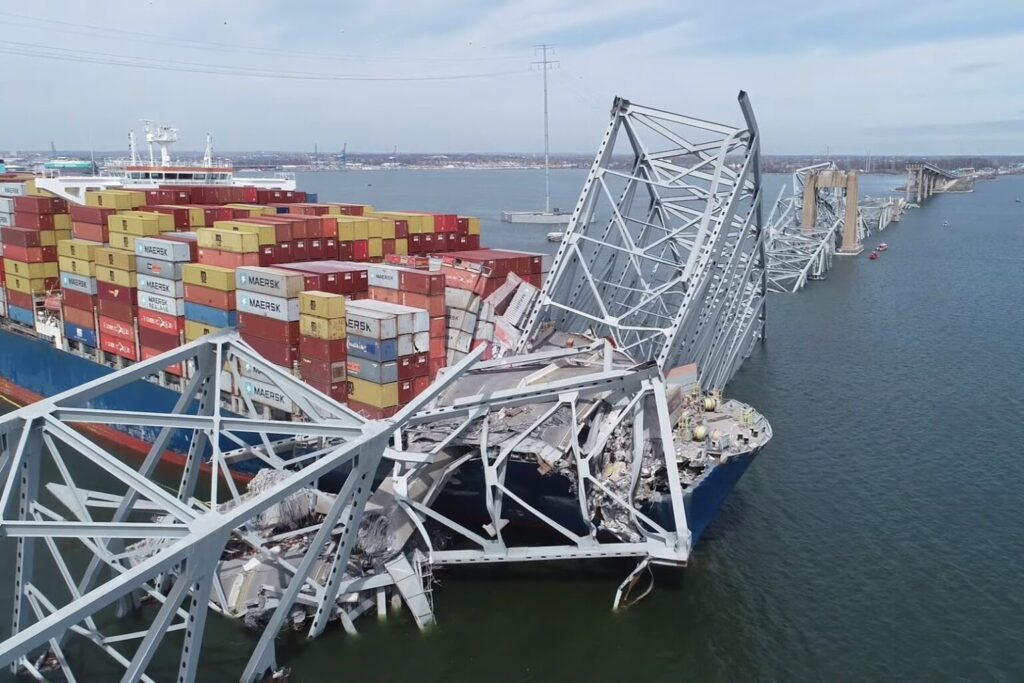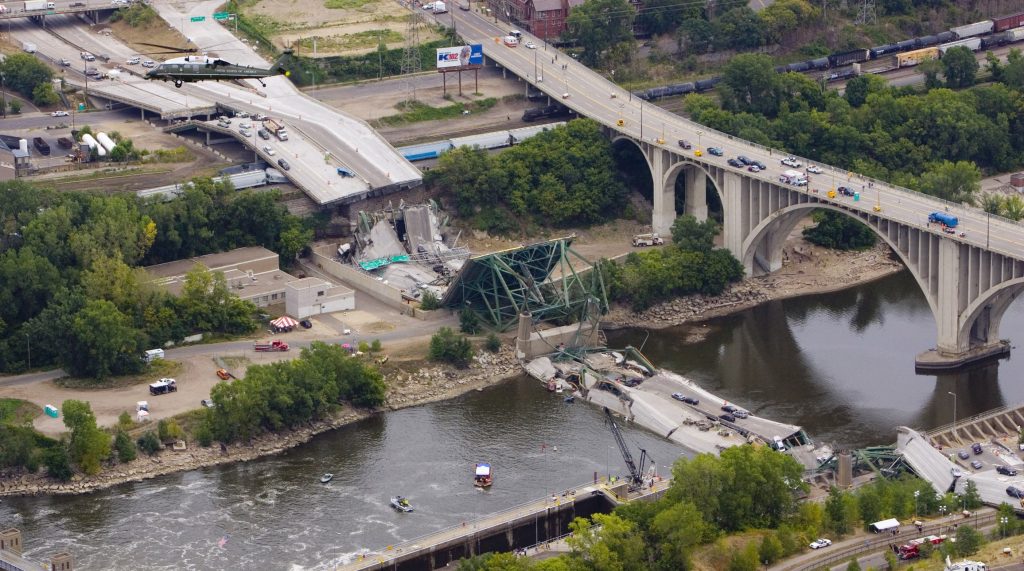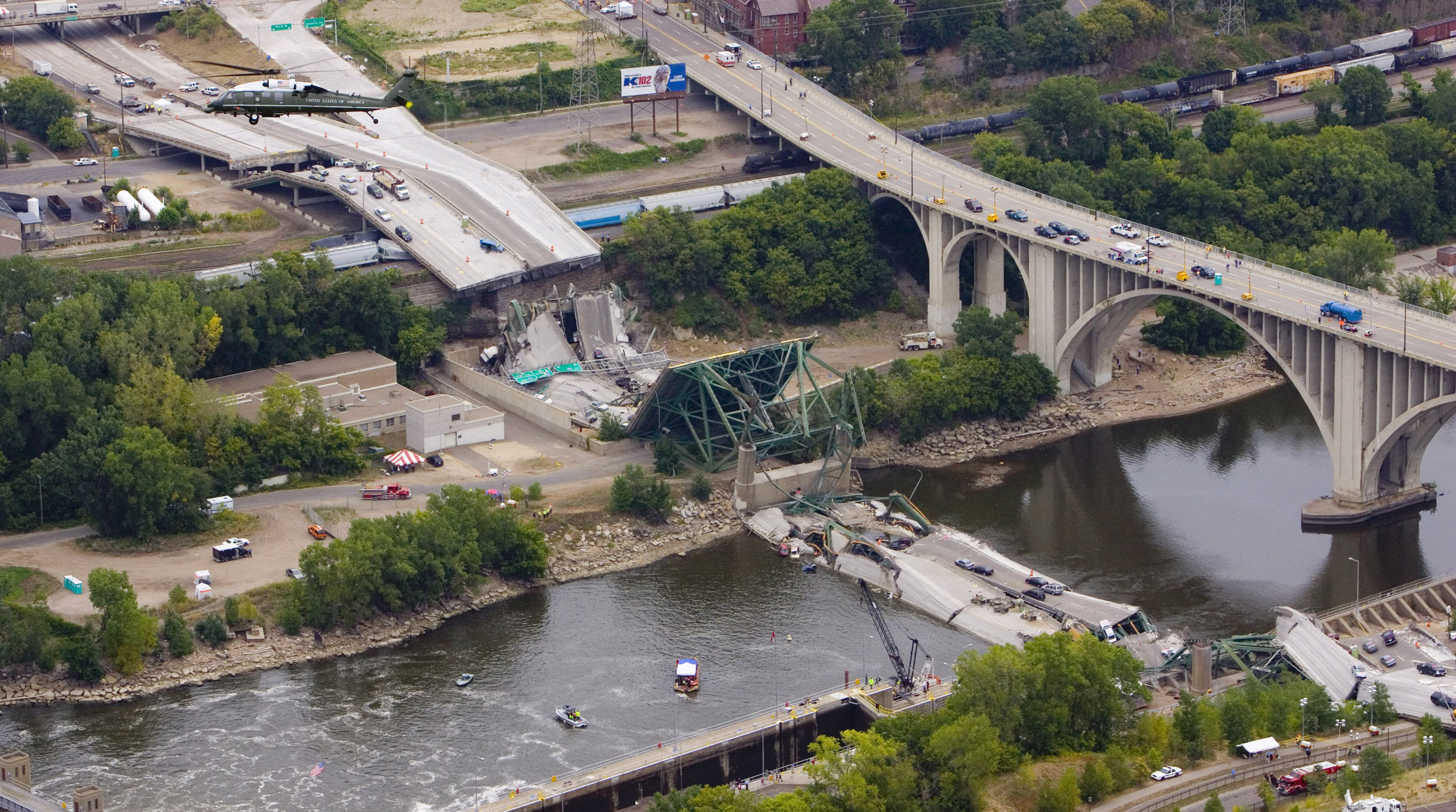
Laser focused on repairing our bridges

 Despite advances in technology, the standard practice for evaluating a bridge’s maintenance needs is a visual inspection, just as it was a half-century ago. To address our nation’s huge backlog in structurally deficient bridges in a more accurate and fiscally responsible way, the federal government should evaluate and speed the adoption of available technologies.
Despite advances in technology, the standard practice for evaluating a bridge’s maintenance needs is a visual inspection, just as it was a half-century ago. To address our nation’s huge backlog in structurally deficient bridges in a more accurate and fiscally responsible way, the federal government should evaluate and speed the adoption of available technologies.
For the past 50 years, trained technicians have inspected highway bridges every two years (or more frequently) to assess the need for repairs or replacement. But in the early 2000s, a review of this practice by the Federal Highway Administration found the process “subjective,” “widely variable,” and incapable of optimizing spending.
Like so many things in transportation—the lopsided funding for roads compared to transit, our use of vehicle speed as a proxy for access, or our focus on building new infrastructure instead of repairing what we have—the way we inspect bridges is stuck in the past, decades behind the needs of the country. Transportation for America believes that we need to make repair one of our national priorities, but to do that, we also need to rethink how we evaluate what most needs to be repaired, and when. Better information can help inform a fix-it-first policy.
Fortunately, there are proven structural monitoring technologies commercially available today that can objectively assess which bridges must be replaced, which replacements can be safely deferred, and which might be able to continue functioning effectively with only minor repairs. This would allow state DOTs or local agencies to better target their repair dollars. But nationally, the norm is still subjective visual inspections.
This is no small issue. There are over 50,000 bridges across the country that are considered structurally deficient today, according to the American Society of Civil Engineers. The rehabilitation & replacement cost for this problem is an estimated $123 billion. But using technologies that are available today could potentially shave billions off that price tag. A number of projects conducted by some transportation agencies have shown that using structural monitoring technology in lieu of relying solely on visual inspections to more precisely assess bridge conditions is highly effective and has saved hundreds of millions of dollars by avoiding unnecessary replacement projects.
We believe that with the right policies and practices in place we can cut the national maintenance backlog in half. Part of the solution will be changing how we allocate resources, and part of the solution could be using the best available technology and data to evaluate the scale of the problem. But the federal government must lead this change for there to be widespread adoption of this technology.
The U.S. Department of Transportation should embark on an effort to evaluate the effectiveness of structural monitoring technologies to more objectively and accurately inspect bridges for safety. And Congress can be part of the solution by providing incentives and funding to spur their adoption.
Change is never easy, especially when it comes to transportation. There are decades of inertia within state departments of transportation which are already tasked with far more than their original mission of yesteryear (building the interstate highway system). But the interstate highway system is complete, the country has changed, and it’s time for U.S. DOT and state agencies to catch up. Facing deficits and uncertainty brought on by the pandemic, there has never been a better time to adopt new technologies that could yield large savings.



